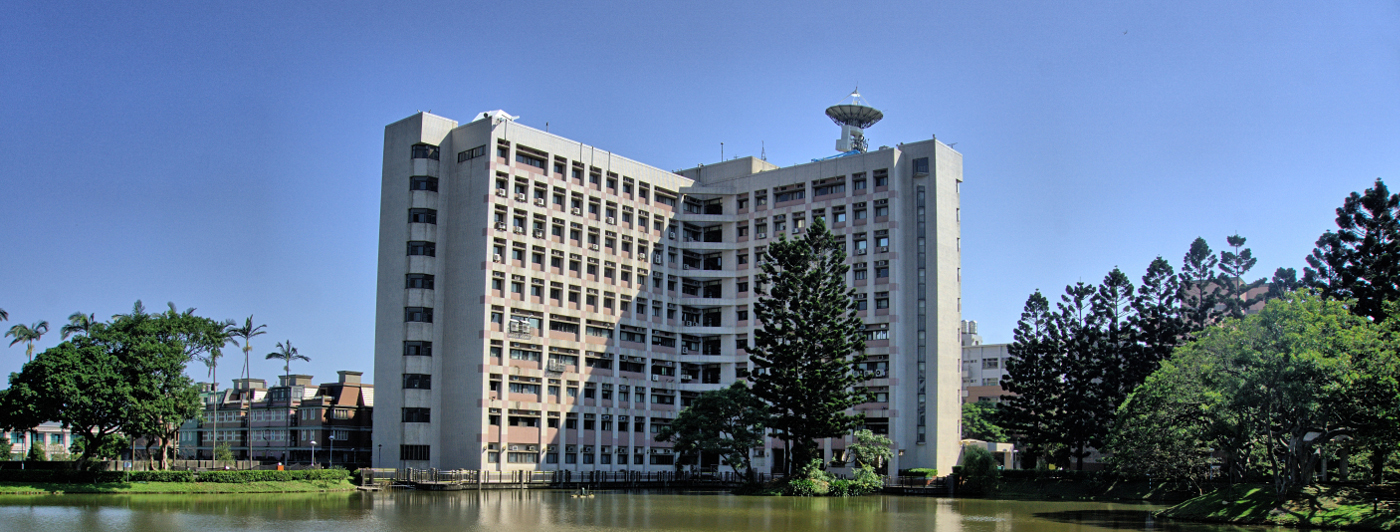Introduction

The Astronomy Program has long had a close tie with the Physics Department. In 1992 the Astronomy Master Program was set up. The PhD program, however, remained operated jointly with the Physics Department until 2001, when the Astronomy PhD Program was established. The Graduate Institute of Astronomy aims to cultivate research and education human resources, preparing our students in front of the most demanding job market. The rigorous course work includes solar-system physics/chemistry, stellar structure and atmosphere, stellar formation and evolution, galactic astrophysics, interstellar medium, large-scale structure in the universe, high-energy astrophysics, astrophysical radiative processes, gas dynamics, and a master thesis that results from forefront and uncompromising research work. Our faculty members make regular use of world-wide observing facilities, including those on KPNO, Mauna Kea, Cerre Tololo, Las Campanas, Siding Spring and Stromlo, and Sutherland. The Institute runs its own Lulin Observatory, which currently houses one-meter telescope, which is the largest telescope in Taiwan at the current time, and the Taiwan-America Occultation Survey (TAOS) 0.5 m wide-field telescopes. In our future plan, a two-meter telescope will be built by 2010, and will become a work-horse facility. In the process of building up the national basic observing infrastructure, the faculty and students have gained first-hand experience in observing techniques and insrumentation development.
